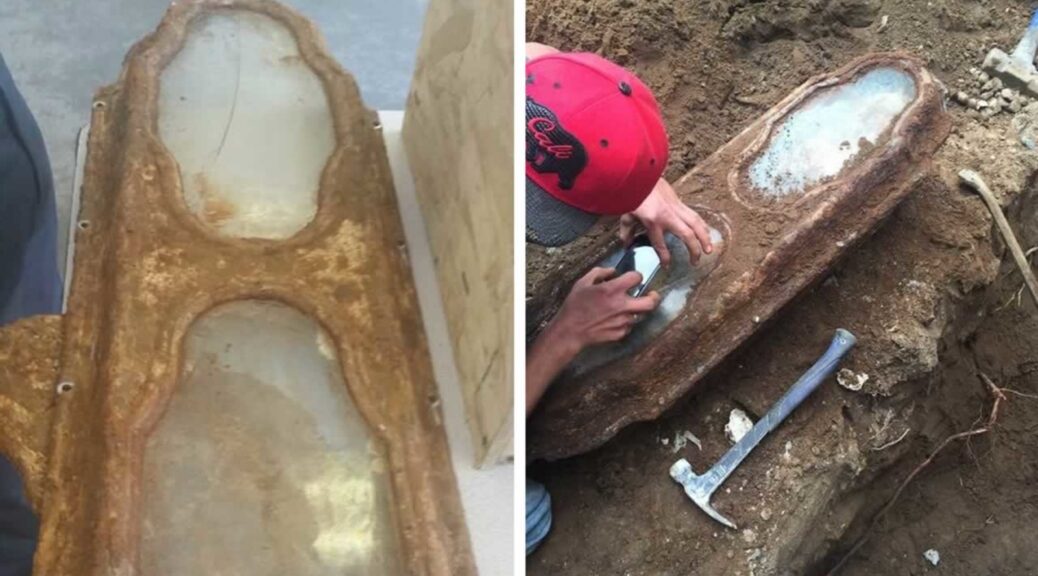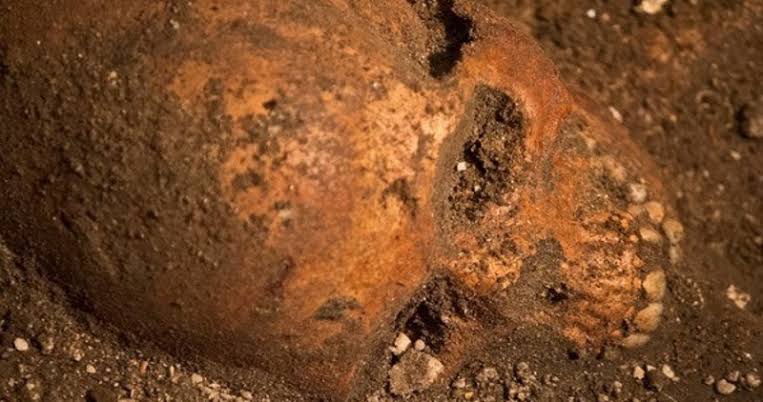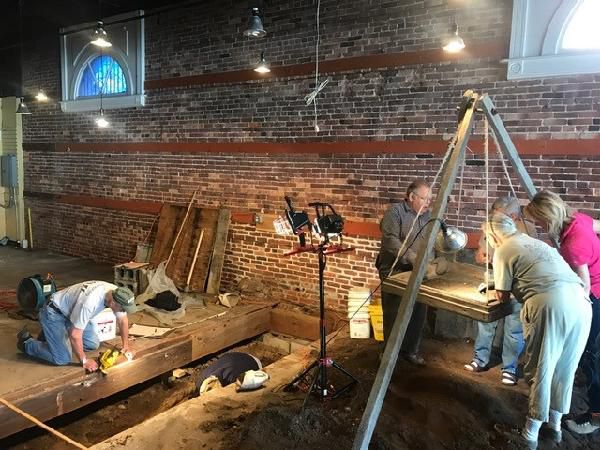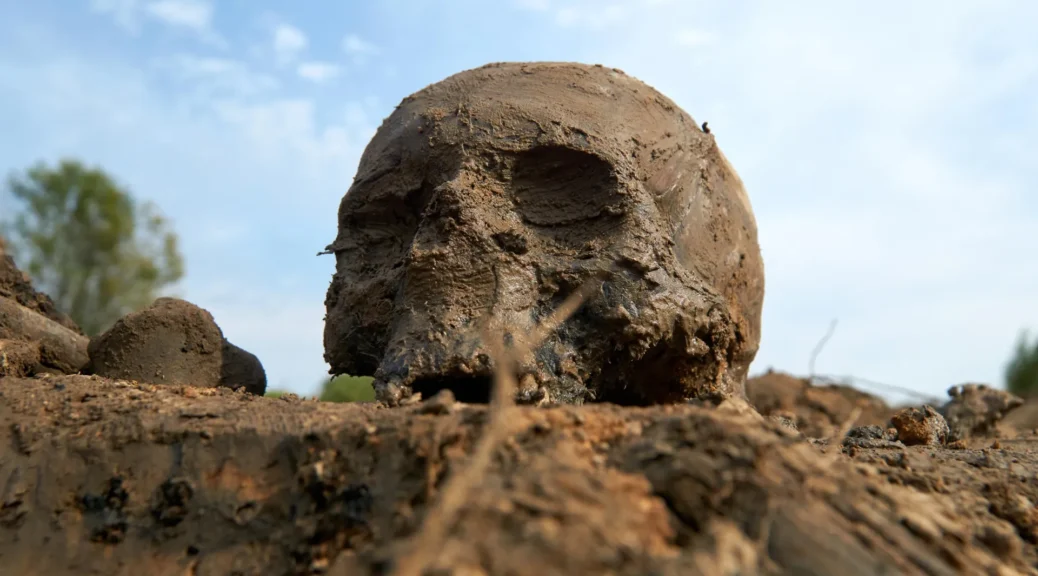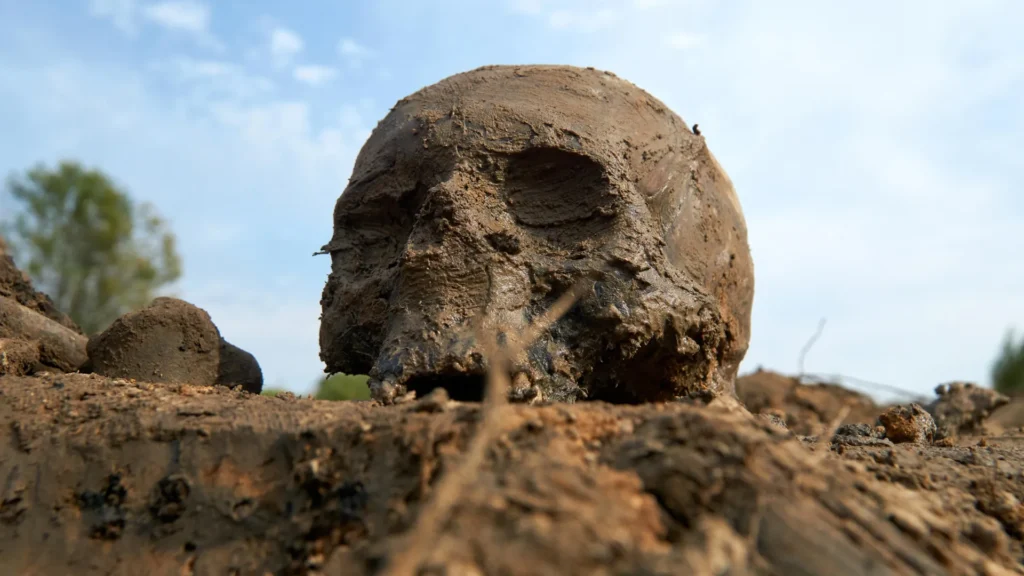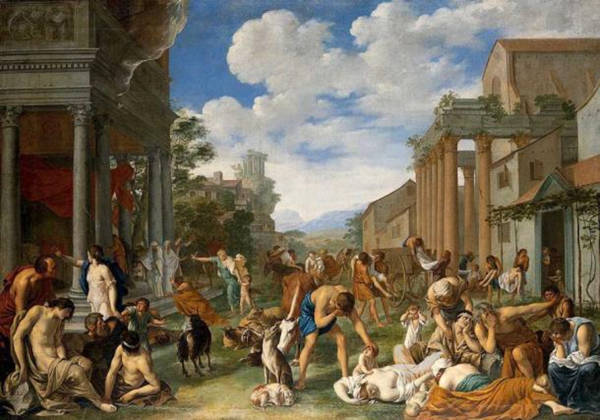Century-Old Little Girl Found In Coffin Under San Francisco Home Identified
Researchers announced that the 19th-century body of a little girl found last year in a small metal casket under a San Francisco home was identified. The girl was Edith Howard Cook, two-year-old, who died on October 13, 1876, six weeks short of her third birthday, said the charity Garden of Innocence.
Elissa Davey, a genealogist and founder of the Garden of Innocence Project, last year arranged a reburial of the girl in Colma and began her search to identify the remains.
Scientists caught a break after hundreds of hours trying to find Edith’s identity when they discovered a map of the old cemetery at a University of California, Berkeley library, and matched it to a plot where her parents, Horatio Cook and Edith Scooffy, were once buried.
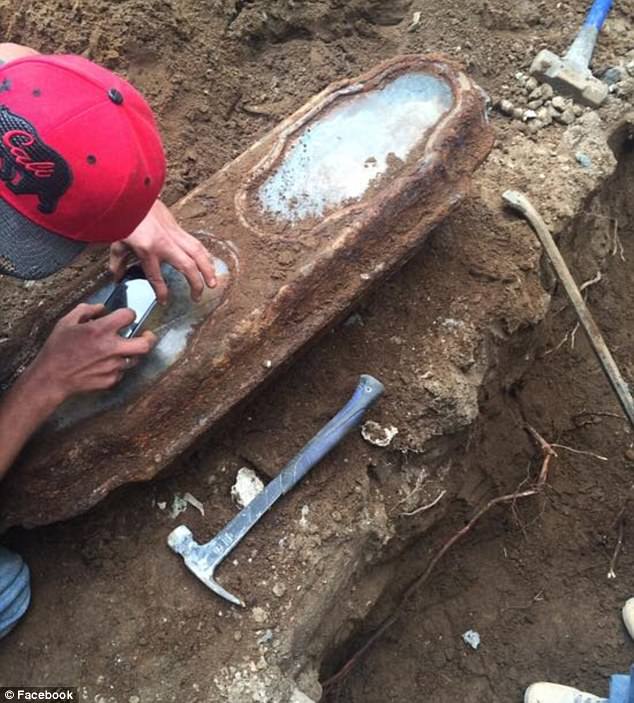
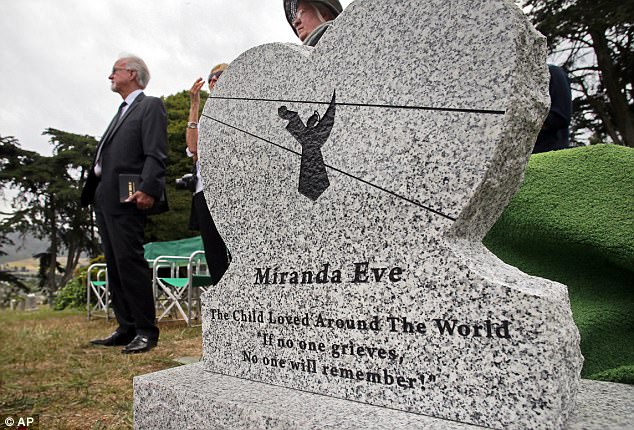
Researchers looked for living descendants once they had the family name, one of whom volunteered his DNA for research. Marin County resident Peter Cook – Edith’s grandnephew – was a match for DNA taken from strands of her hair.
UC Davis Professor Jelmer Eerkens, who helped with the DNA testing, told KTVU that Edith died of marasmus, which is severe undernourishment.
‘It’s likely she was sick with some disease and at some point her immune system couldn’t combat the disease and probably went into coma and passed away,’ he said.
The girl’s well-off family gave her an ornate burial. She was clothed in a white christening dress and ankle-high boots. Tiny purple flowers were woven into her hair and she held a purple Nightshade flower in her right hand.
Roses, eucalyptus leaves and baby’s breath were placed inside the coffin, according to the Garden of Innocence report.
Edith’s father was a businessman, the report said.
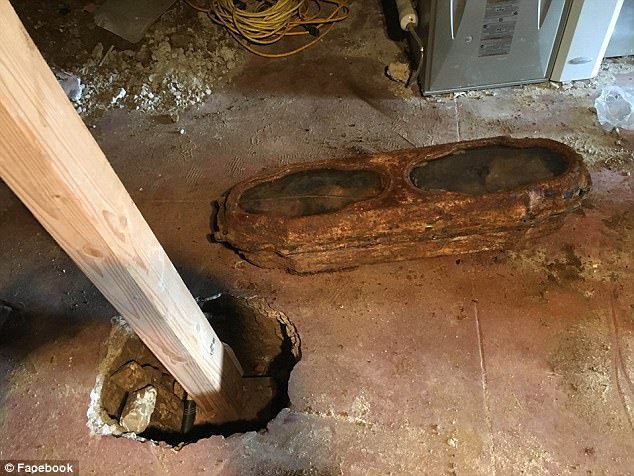
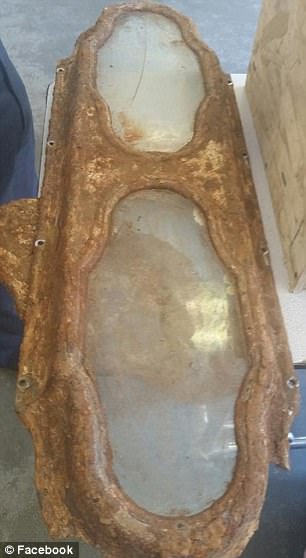
Her maternal grandfather was an original member of the Society of California Pioneers, which is an organization founded by California residents who arrived before 1850.
When the child was initially discovered, she was named Miranda Eve, until she was finally identified. During a reburial service last May, people from all over California came to pay their respects to Edith, whose blonde hair and skin were still perfectly preserved.
The Knights of Columbus, a Catholic based fraternal organization, dressed to the nines to carry the casket to its resting place. Four men lowered a new, cherry-wood casket into the earth as approximately 100 mourners threw flowers and petals on top.
Speakers played ‘A Trumpeter’s Lullaby’ during the 10am memorial. Michael Dunn, from the Garden of Innocence, said it was important they buried Edith because she’d been forgotten for so long.
‘She was forgotten and overlooked for more than 100 years, that ends today,’ Dunn said last year.
Garden of Innocence charity Ellisa Davey has been helping to bury the bodies of unidentified children in California for nearly 20 years. Once the child’s body was found, Davey got in touch with homeowner Ericka Karner.
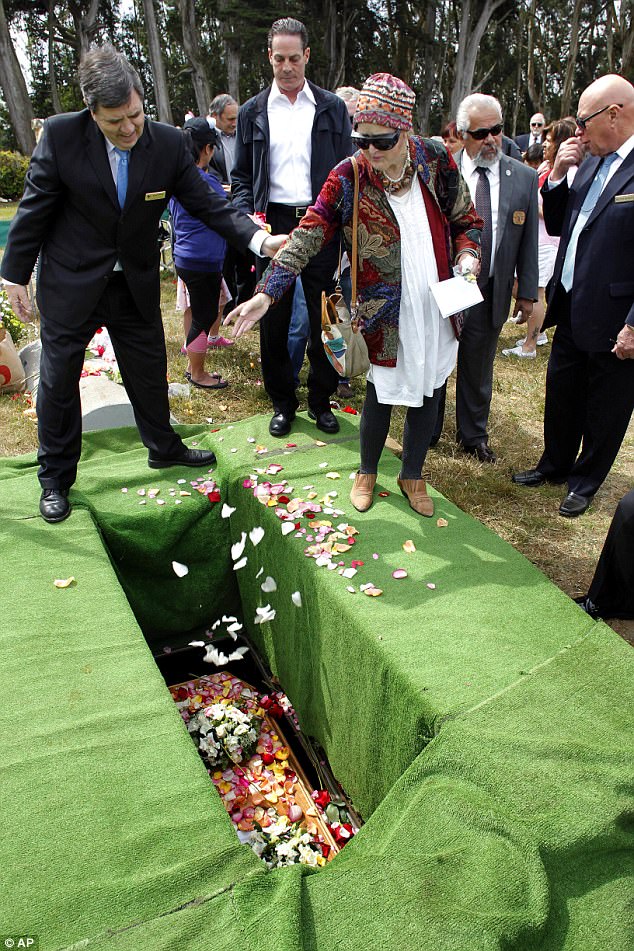
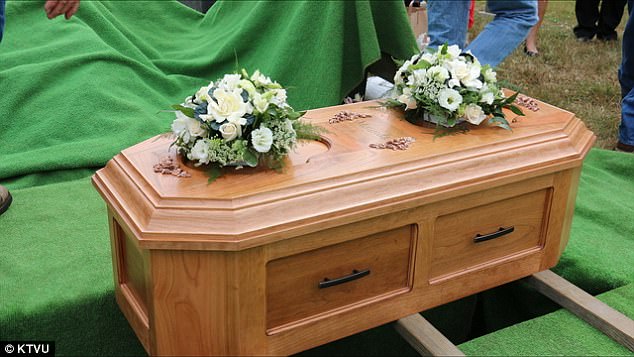
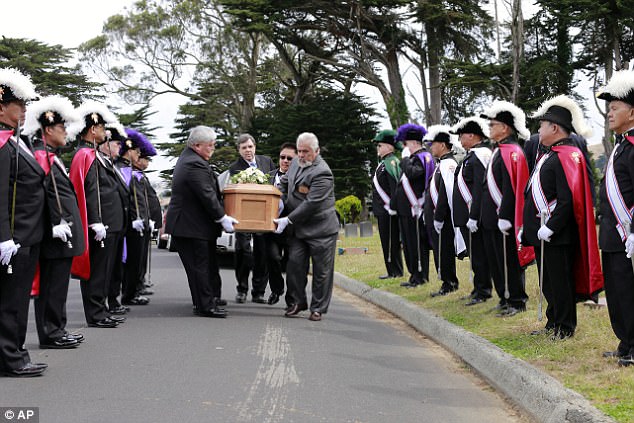
Davey then planned for Miranda’s reburial. ‘It was tough, very tough. But she is not just our child. She is everyone’s,’ she said.
All materials used in the funeral, including the casket, were donated.
Her headstone, in the shape of a heart, reads: ‘Miranda Eve. The Child Loved Around The World. If no one grieves, No one will remember!’
The back was made flat in case her real name was discovered. Now, since she is known as Edith, her name will be etched into the back. Construction workers were remodeling Karner’s childhood home in the Richmond District when they hit the lead and bronze coffin buried underneath the concrete garage.
The three-foot casket’s two windows revealed Edith’s perfectly preserved skin and long blonde hair. Construction worker Kevin Boylan told KTVU at the time: ‘All the hair was still there. The nails were there. There were flowers – roses, still on the child’s body. It was a sight to see.’
There were no markings on the purple velvet-lined coffin to identify the child after she was discovered on May 9, 2016.
Karner was soon surprised to find out from the medical examiner’s office that the child had become her responsibility. The city refused to take custody of Edith, and the problems continued when Karner tried to have the girl reburied. Karner was told she needed a death certificate to obtain a burial permit for the girl. A Colma undertaker was willing to take the body – for a cool $7,000.
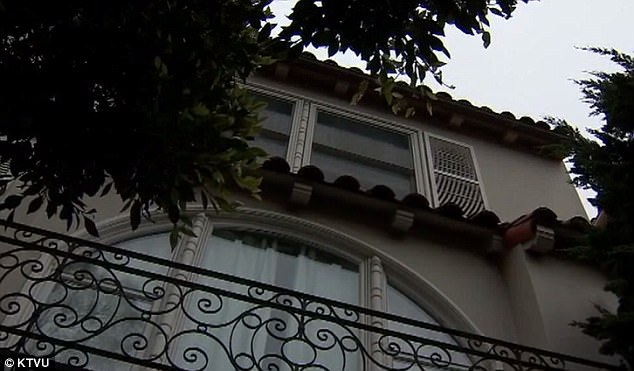
An East Bay archaeological company’s price was even steeper at $22,000.
Meanwhile, Edith’s body was deteriorating inside her coffin in Karner’s backyard because the seal was broken after the coroner’s superior instructed him to open the casket.
‘It didn’t seem right,’ Karner told the San Francisco Chronicle last year. ‘The city decided to move all these bodies 100 years ago, and they should stand behind their decision.’
City Hall finally put Karner in touch with someone who could help, connecting her to the Garden of Innocence.
That’s when Davey, who was able to secure the funds needed to have the coffin picked up and temporarily stored in a mortuary refrigerator in Fresno, said they needed to do the ‘right thing’.
‘That girl was somebody’s child,’ she said. ‘We had to pick her up.’
It was obvious to Davey that Miranda’s parents loved her very much.
‘Just by looking at the way they dressed her,’ she wrote. ‘Their sorrow was great. We will love her too.’
Davey has been saving forgotten children since 1998, when she read a story about a baby boy who died after he was dumped in a trash can at a college campus.
A month later, the boy was still on her mind. She called up the county coroner, who told her the boy was headed for an unmarked grave if he was not claimed.
Davey asked what she could do and the coroner replied she could lay claim to the boy, as long as she proved to him she had a ‘dignified place’ to lay the child to rest, according to Inside Edition.
Since that day, Davey and Garden of Innocence has provided memorial services to nearly 300 unclaimed children. The children are all given names before they are buried with a blanket, soft toy and personalized poem in a wooden casket fitted with lace, made by the Boy Scouts. Services are sometimes attended by up to 300 people, including military members, policemen and even parents who have lost children of their own.
‘We have become a place where people find closure,’ Davey said.
And it is closure Davey wanted and received for little Edith.
